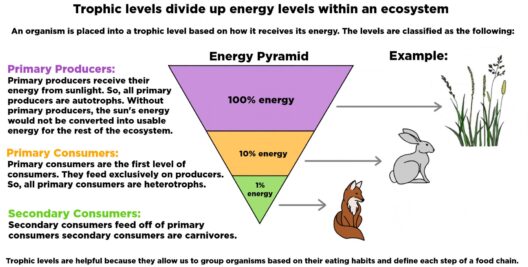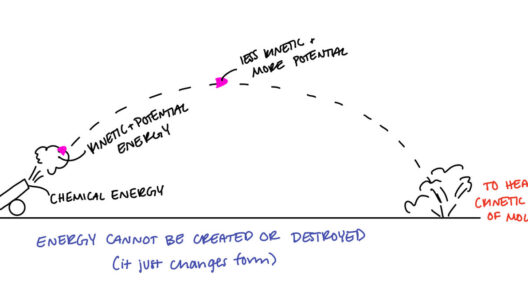In the realm of physics, the discussion of collisions often evokes imagery of cosmic dancers elegantly spinning and colliding in the vastness of space. Among these collisions, the elastic collision stands out like a well-rehearsed duet, demonstrating the harmonious exchange of energy and momentum. To delve into the heart of this phenomenon, one must explore the principles of conservation that govern elastic collisions, where both momentum and kinetic energy remain unchanged post-impact.
The Nature of Elastic Collisions
Imagine two perfectly elastic balls bouncing off each other, their surfaces resilient like the heartbeats of nature, continuously conserving their essence. When two objects collide elastically, they do so in a manner where no energy is converted to heat, sound, or deformation; they rebound as if they were governed by the laws of pure kinetic ballet. In contrast, inelastic collisions, where objects may stick together or deform, evoke a less graceful image, reminiscent of a clumsy stumble, robbing some of the system’s initial energy.
In an elastic collision, the conservation equations play out as a duet between momentum and energy. The momentum before collision equals the momentum after collision, symbolizing an unwavering persistence, a cosmic principle that never falters. Likewise, the total kinetic energy remains constant, dancing gracefully between the involved bodies.
Momentum: The Steady Meter of Motion
Momentum, a product of mass and velocity, is akin to a river quietly flowing through the terrain of physics. It carves its path, undeterred by obstacles, maintaining its course unless acted upon by an external force. Mathematically, momentum is represented by the equation:
P = m * v
Where P is momentum, m is mass, and v is velocity. In an elastic collision, the total momentum before and after the event remains constant:
P_initial = P_final
In this equation, the subscript signifies the moment of collision when the particles interact and the moment following their rebound. The equality holds true, as if nature herself is enforcing a sacred balance.
Kinetic Energy: The Elusive Essence
While momentum is the steady river, kinetic energy dances like sunlight on water, fluctuating with the speed of the objects involved. Kinetic energy is given by the formula:
KE = (1/2) m v²
This value varies with the square of velocity, highlighting its sensitivity. The unique aspect of elastic collisions lies in the conservation of this kinetic energy as well. For a perfectly elastic collision:
KE_initial = KE_final
Here, the total kinetic energy before collision mirrors the total kinetic energy after, indicating that the collision is a perfect exchange, akin to a dialogue rich in meaning and purpose.
A Closer Examination: The One-Dimensional Model
To understand the elegance of elastic collisions, one may consider the one-dimensional case, where two objects move along a straight line. Let’s denote their masses as m₁ and m₂, and their velocities before collision as v₁ and v₂. When they collide, the equations governing momentum and kinetic energy can be articulated as follows:
- Momentum: m₁v₁ + m₂v₂ = m₁v₁’ + m₂v₂’
- Kinetic Energy: (1/2)m₁v₁² + (1/2)m₂v₂² = (1/2)m₁v₁’² + (1/2)m₂v₂’²
Here, v₁’ and v₂’ are the final velocities after the collision. The mathematical resolution of these equations reveals a rich tapestry of interactions that occur during the collision, illustrating the conservation laws visually and quantitatively.
The Implications of Elastic Collisions
Understanding elastic collisions extends beyond the theoretical confines of physics classrooms. In the broader context, these principles have profound implications across various domains, including engineering, materials science, and even sports. For instance, in designing safer automobiles, the concepts underpinning elastic collisions contribute to understanding how energy should be absorbed to protect passengers during impacts.
Moreover, one can draw parallels to environmental discussions. When resources are exchanged—be it in ecological systems or economic transactions—similar principles of conservation often apply. The idea that energy within an ecosystem can neither be created nor destroyed, only transformed, aligns with the principles of elasticity in collisions. Thus, every interaction spins a web of interdependence, revealing the significance of maintaining balance in our environmental practices.
The Takeaway: The Symphony of Conservation
In conclusion, the fascination with elastic collisions lies not just in their ability to conserve momentum and kinetic energy but also in the underlying principles that orchestrate balance and harmony within the universe. Nature’s unyielding laws remind us that, regardless of the chaos surrounding us, there exists a framework within which energy and momentum dance eternally. By appreciating these elegant exchanges, we are inspired to advocate for balance in our own environments, urging for practices that preserve the delicate equilibrium of our ecosystems.
As we navigate through the complexities of our existence, let us aspire to embody the qualities of elastic collisions—conserving our energies, harmonizing our actions, and ensuring that each interaction enriches the collective momentum of life.






